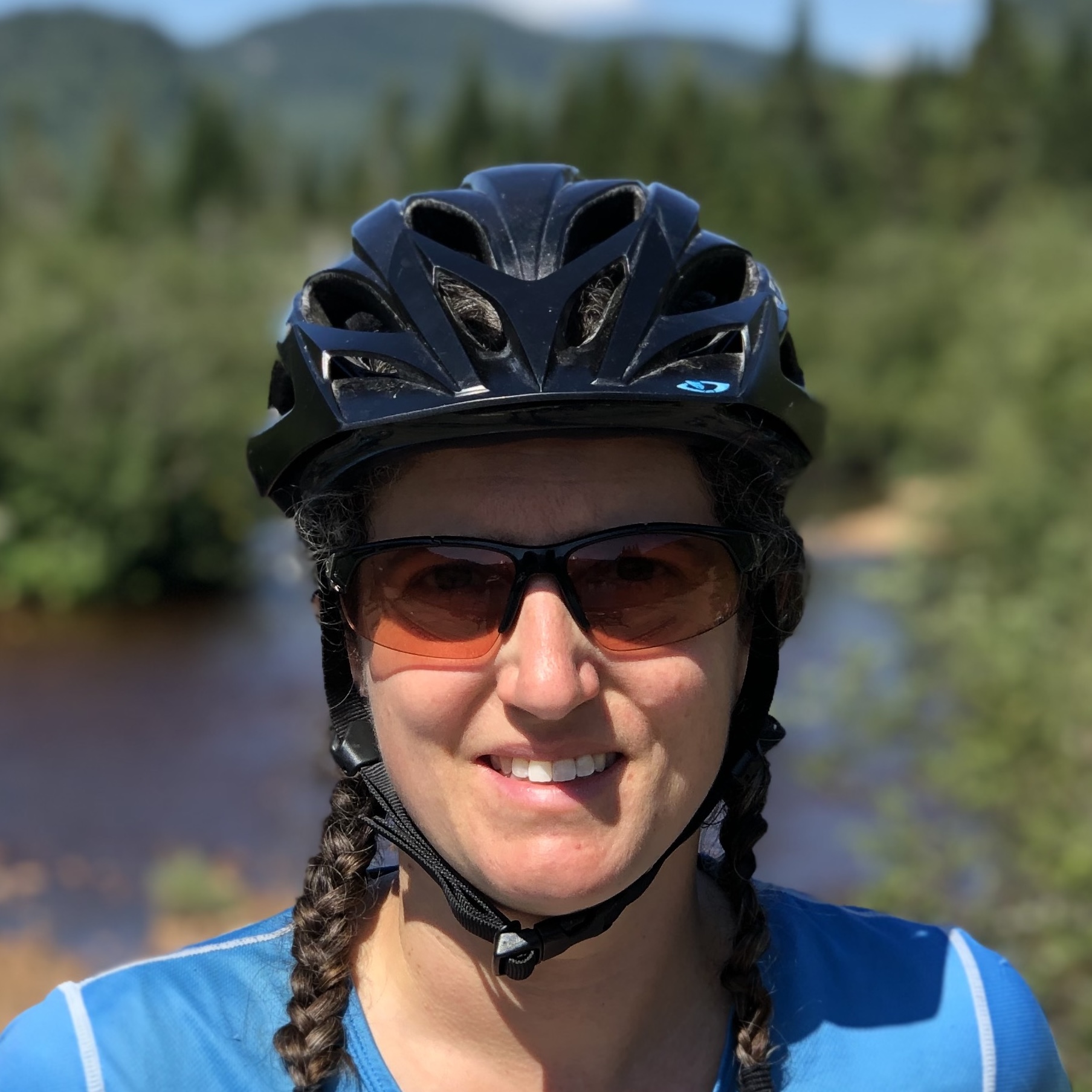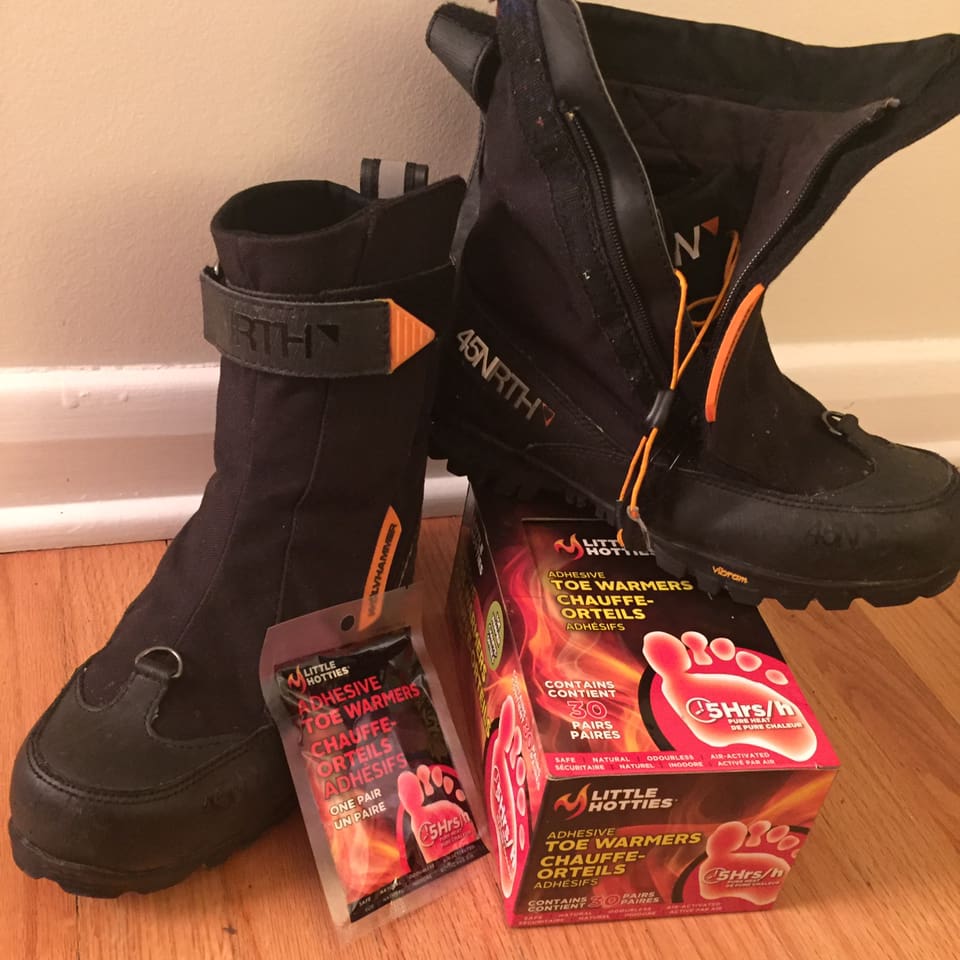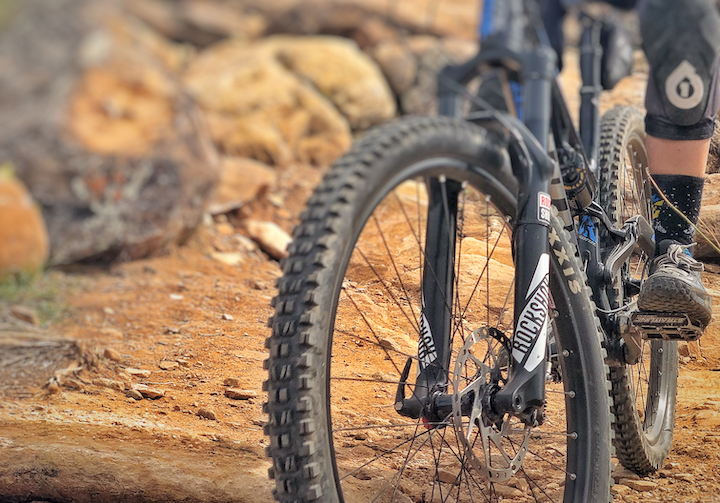What To Wear Fatbiking
As the temperature fluctuates it is normal for riders to start asking what clothing we wear fatbiking. It is a more complex answer than you might think as winter riding temperatures in Ottawa tend to fluctuate between -25C and 0C. Wind and trail choices play a big factor too.
When deciding on what to wear fat biking, Sandra asks herself a few important questions. Is her route going to be hilly or flat? If she’s riding with a group, is she going to be the fastest, middle or slowest person? If riding alone, is she going to be riding hard or keeping a low heart rate? Are the conditions expected to be hard packed or soft? Is the ride mostly in the open or in the forest?
If she expects a fast, hilly ride that is mostly in the forest she tends to wear less layers of clothes and also more breathable clothing. If she expects a slower ride, with potentially softer conditions where she might have to push her bike, or a flatter ride that may or may not be exposed she tends to wear more layers and always makes sure to have a fully windproof layer on both her top and bottom. She likes to think of her legs as the engines, so they need to really stay warm enough. It is much easier to adjust your upper body clothing layers. The key to fatbike clothing is to make small adjustments for the temperature and dress in layers. You are most likely going to sweat, even when it is cold outside, so you need to let the moisture escape. High quality Gortex is good for this, and so is a regular helmet with a good windproof hat versus a closed off winter (or ski) helmet. Remember what works for one person might not work for you so keep experimenting and write it down :)
I’ve listed my clothing for 3 different variations: COLD, COLDER and COLDEST!
COLD
Clothing for -5 or warmer (or hilly, fast rides)
-thermal base layer
-soft shell mid layer with wind resistance
-Gortex Paclite Jacket (often stays in backpack)
-regular mountain bike helmet
-thin hat under helmet
-windproof, but thin gloves
-regular chamois (or sometimes a slightly warmer one)
-tights
-mtb shorts (of course!)
-gaiters (helps keep feet warm and snow out)
-XC ski socks ( hotpacks for toes - EVERY RIDE)
-45 Nrth Wolvhammer Fatbike specific boots
COLDER
Clothing for -12 to -5 (or slow, flatter rides)
-thermal base layer
-thin midlayer (softshell or merino or fleece)
-Gortex Paclite jacket (often start the ride with it and might take it off)
-regular helmet
-windproof slightly thicker hat under helmet
-merino buff around neck at the start of the ride, if it is windy
-windproof, slightly thicker gloves
-warmer chamois
-tights
-windproof bib pants for legs
-XC ski socks (hotpacks for toes - EVERY RIDE)
-45 Nrth Wolvhammer Fatbike specific boots
COLDEST
Clothing for -12 or colder (or slow, flat rides with a lot of stopping)
-thermal base layer
-thick midlayer (fleece or primaloft or merino)
-Gortex Jacket (usually stays on the entire ride)
-regular helmet (or if -20 or below, winter helmet)
-wind proof hat under helmet
-merino buff (around neck and also around the back of head)
-windproof, slightly thicker gloves (or super thick gloves) with handwarmers
-¾ length warmer chamois
-tights
-windproof bib pants for legs
-XC ski socks (hotpacks for toes - EVERY RIDE)
-Snowshoe boots (lower performance, but maximum warmth)
 Sandra Beaubien
Sandra Beaubien
